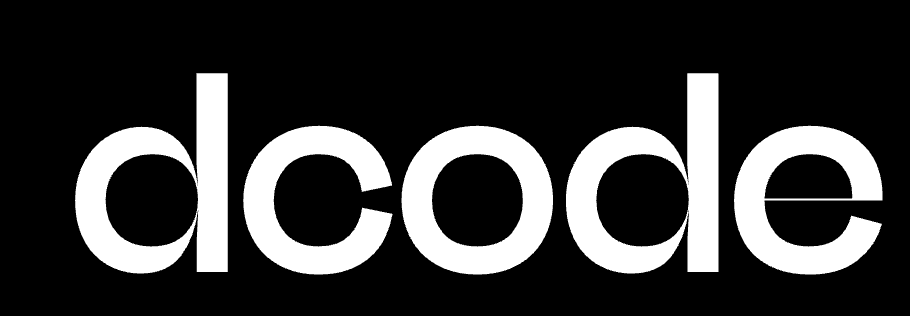At Dcode, we define fiscal agility as:
the ability to easily realign and optimize financial structures, processes, and investments around capabilities and mission outcomes—enabling faster, more strategic responses to tech evolution and operational needs.
It’s a deceptively simple idea, but one that requires serious reimagining of the government’s budgetary approach—inside the Pentagon and Congress—and it’s essential for national security in the current fiscal environment.
Why Fiscal Agility Matters Now
The Department of Defense is navigating a period of unprecedented tension: budget constraints continue to be real, while the demand for speed, innovation, and tech transition is accelerating. But leadership has made clear this isn’t just about doing more with less: it’s about doing things differently.
Traditionally, defense budgeting has followed a rigid cycle. But today, both threats and technology are moving faster than the five-year POM process. Commercial technology moves on 6–18 month refresh cycles. Federal funding doesn’t. By the time funding is aligned and contracts are let, the solution selected may already be outdated—and a better, cheaper, more effective alternative may be commercially available. Without fiscal agility, organizations are forced to double down on decisions made years earlier, even when the strategic or technological context has changed.
This same rigidity also undercuts many of the modernization reforms currently gaining traction, like outcome-based acquisition, capability portfolios, and portfolio PEOs. These models are built around cross-cutting priorities and evolving needs, not static platforms. But they only work if program managers and acquisition leaders have the authority and tools to move money across silos, shift priorities mid-cycle, and match investments to the mission.
In short: fiscal agility is what allows the DoD to choose better tech, at point of need or opportunity—without breaking the system. It lets leaders delay final vendor commitments until they’ve seen real performance, and reallocate funding based on evolving threats or better options. It empowers them to pursue outcomes over processes, and to adapt.
What Fiscal Agility Actually Looks Like
Fiscal agility goes beyond just reprogramming dollars. It involves reshaping how the government budgets, justifies, governs, and reallocates resources to stay aligned with mission outcomes and emerging needs. Based on our work across the Department, here are the key dimensions:
- Flexible Budget Structures: Moving away from rigid, siloed Program Element (PE) and Budget Line Item (BLI) structures and toward capability-aligned portfolios. In one case, the Navy’s PEO IWS consolidated over 75 PEs into 7, mapped to mission threads—a powerful example of budgeting for speed and relevance.
- Strategic Investment & Divestment: Budget agility includes both the courage and ability to divest from underperforming or redundant programs to reinvest in what actually moves the needle. Agility means pruning as much as planting.
- Capability-Driven Budgeting: Instead of anchoring budget justifications in historical platforms or stovepiped offices, fiscal agility aligns spending directly with capability outcomes, accelerating delivery and easing transitions between development and fielding.
- Governance & Oversight: Agility doesn’t mean chaos. It means governed flexibility—with clear metrics, feedback loops, and congressional transparency baked in from the beginning.
- Rethinking Requirements Generation: Requirements written too narrowly can lock funding into rigid channels. Fiscal agility means shaping requirements around capabilities and portfolios. This enables flexible execution and alignment with evolving tech and mission needs.
How Dcode Helps Organizations Get Fiscal Agility
At Dcode, we don’t just define fiscal agility, we operationalize it. We’ve built a repeatable approach to help defense organizations overcome their structural bottlenecks and unlock speed at scale.
- Embedded RCO Model: Our Rapid Acquisition Integration Cells embed with government teams for hands-on work to realign resources, remove friction, and drive tech to the field.
- Win™ Framework and Methodology: Fiscal agility may start with the budget, but it never ends there. Our delivery platform diagnoses and breaks down barriers across five core levers—budget, acquisition, process, legal/policy, and culture/workforce. We have it down to a science that delivers continuous value through sprint-based delivery of outcomes.
The Bottom Line
Dcode’s approach to fiscal agility gives leaders the tools and structures they need to adapt in real time. It empowers them to do more with less, to shift focus in response to threats, and to unlock innovation before it calcifies. In a world of constrained budgets and accelerating risks, fiscal agility isn’t just a better way to budget. It’s a strategic imperative.


